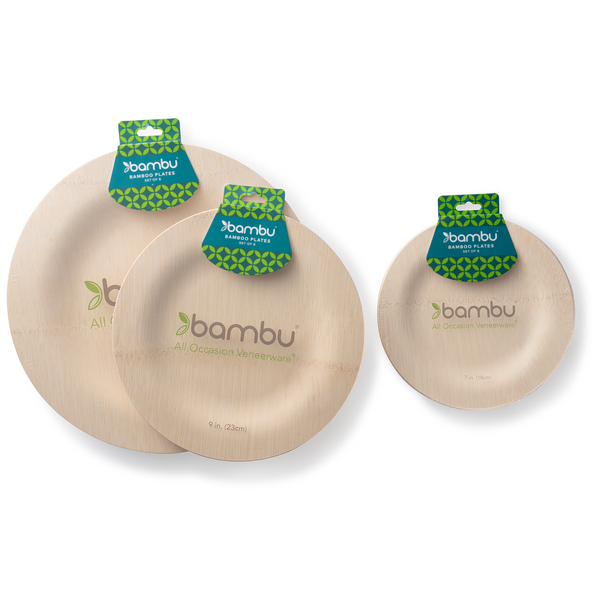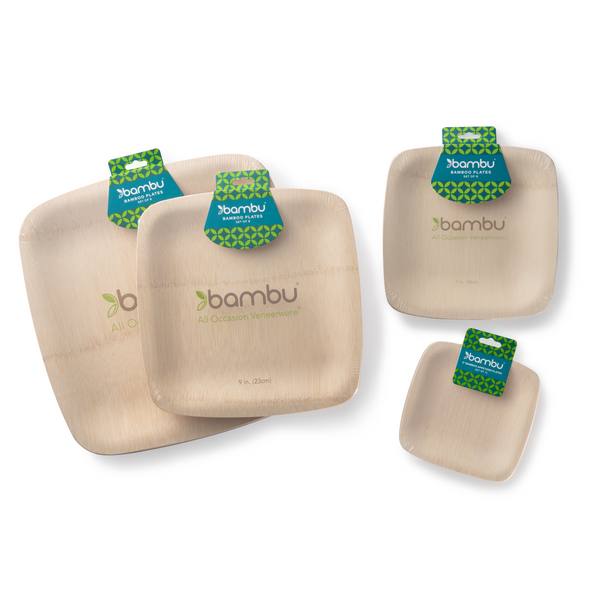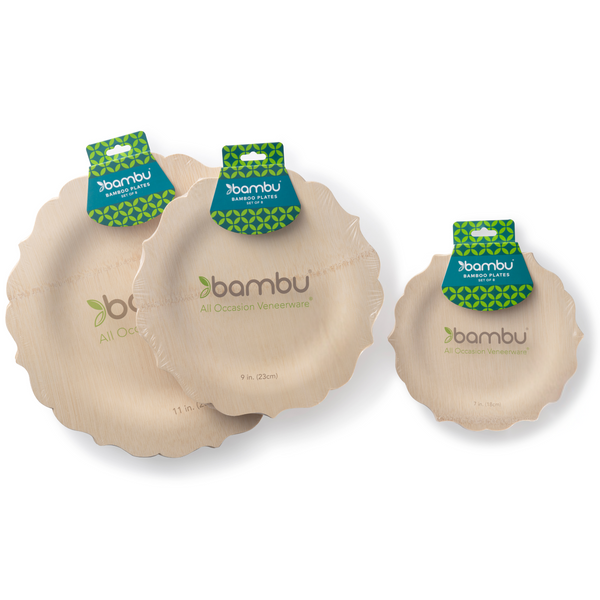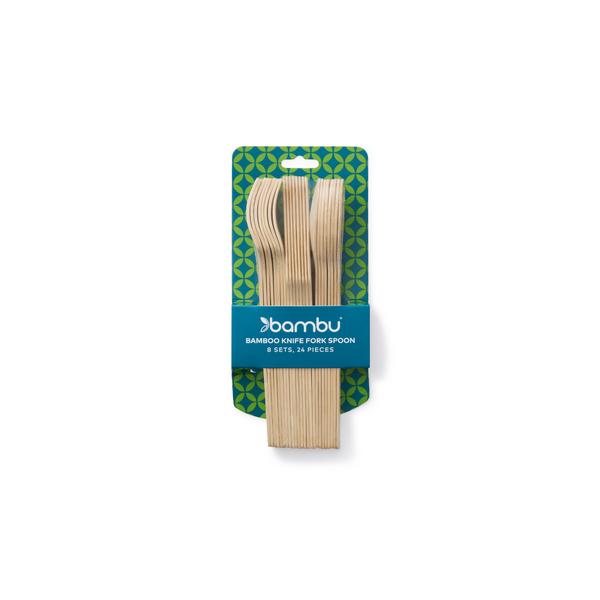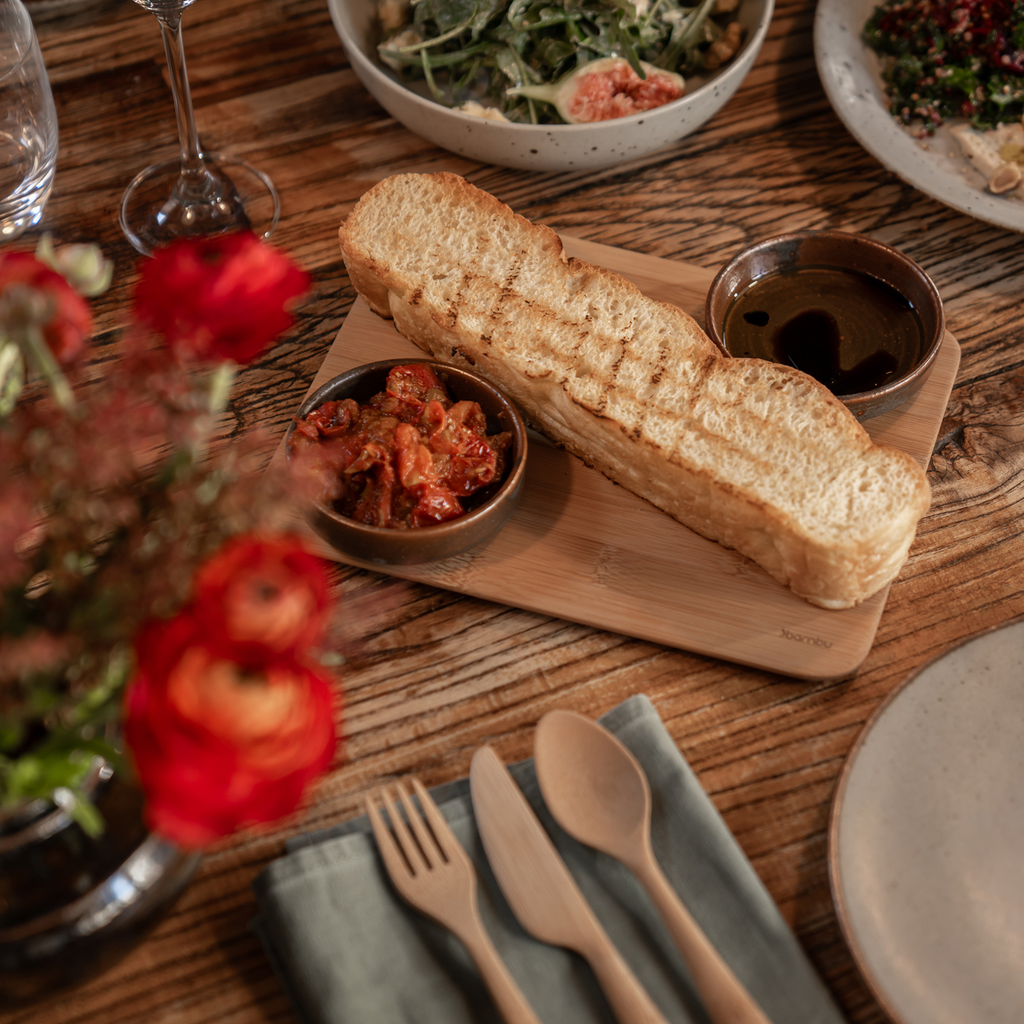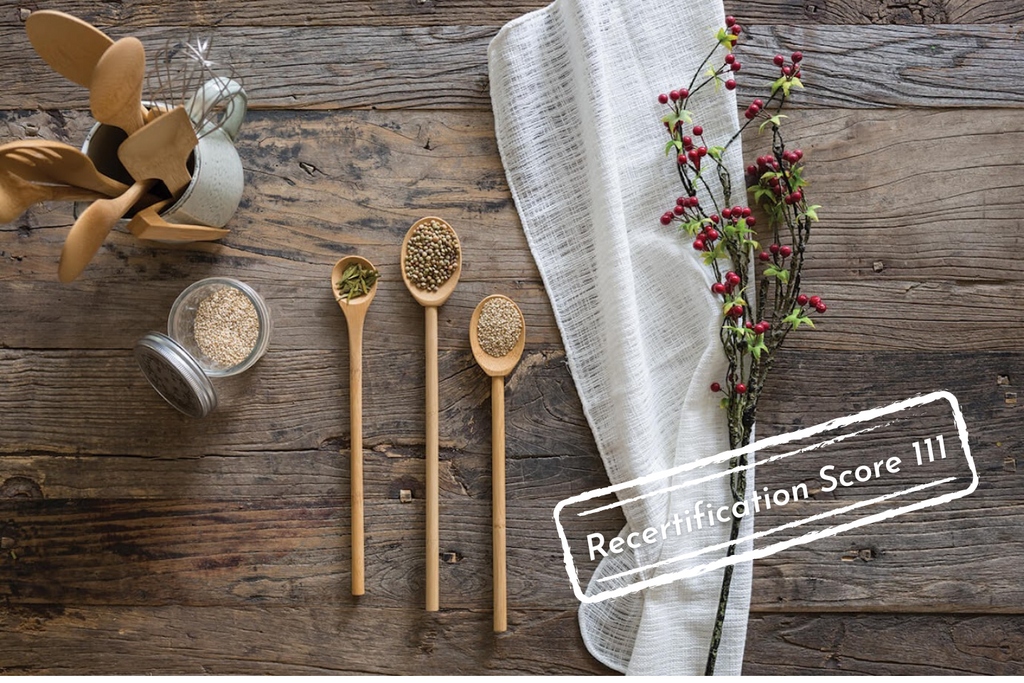Searching for a low-stress option for your next meal or event? Disposable paper or plastic plates are the classic no-hassle go-to. But new compostable plates offer a greener (or so they seem) option. Here are the pros and cons of both:
Making eco-conscious choices has become increasingly important in today's world, and even seemingly small decisions add up. Like the plates we use (even just occasionally). In the United States alone, 1,360,000 disposable plates and cups are tossed in the trash each year.
Whether you opt for disposable plates once a year, once a week, or only for special occasions like weddings, it’s important to understand their impact, as well as alternative options. Using a reusable option is often touted as the most responsible option, and while it often is, there are many factors to consider before deciding on tableware. After the cost of transportation, extra hands to wash, and the water used to clean reusables, a disposable option might be preferred for several reasons. And thanks to new alternatives, going disposable can still be responsible.
Making the sustainable choice shouldn’t be hard. So today, we’re breaking it down for you. What exactly is the difference between disposable plates and compostable plates? What materials are best for the environment, and for your health? And are compostable options always as eco-friendly as they sound? Read on, and find out!
The Basics: Compostable vs. Disposable
When disposable items first came to market, we didn’t think much about what happened to them after they were used. Now, we’re well aware of our trash problem. And the question of “what happens after” is perhaps the most important one we can ask before using something. For dinnerware, the answer to it lies in whether your item is compostable or disposable.
It might sound simple, but these terms can be a little misleading. And there’s more overlap between them than you might think. Here’s a quick way to remember the most important facts: all compostable plates are disposable, but not all disposable plates are compostable- in fact!
Disposable dinner plates are single-use items that are thrown in the trash after they are used. Typically, disposable dinnerware is made from materials that are as cheap as possible, like plastic and coated paper. Plates that are only marked as “disposable” cannot be recycled or composted. Their only disposal option is the landfill. While these items will begin to decompose over the next hundred to 1,000+ years, they only break down into smaller pieces of what they’re made of, such as microplastics. These tiny trash particles poison the water and soil. And, they can be incredibly detrimental to wildlife.
Compostable plates are also always disposable. You can throw them into the garbage like any other single-use item. But they have a much preferred, greener disposal option. These items can be composted, which means that, given the correct environment, they will break down 100% into nutrient-rich soil. And, they’ll do so in about 90 days. These products offer a clean end of life, meaning that no unnatural materials (like microplastics) are left behind when they decompose.
Materials
At the heart of the difference between these two categories is the material they’re made of. This will tell you what the environmental impact of production is, as well as how it can be disposed of.
Disposable Plate Materials
Disposable plates have long been a popular choice due to their convenience and affordability. However, their impact on the planet is significant. Most disposable plates are made from paper, plastic, or styrofoam, all with significant environmental drawbacks.
Disposable Plastic Plates
Plastic plates, typically made from polystyrene, are a fossil-fuel-based product. Their production process is very environmentally taxing. It contributes to the depletion of fossil fuels, habitat loss, unsafe working conditions, and the emission of greenhouse gases.
Coated Paper
On the other hand, paper plates, which may appear more eco-friendly, have their own set of environmental concerns. The production of paper plates requires cutting down trees and using large amounts of water and energy in the process. Clear-cutting of forests leads to a loss of biodiversity and takes away the vital role that trees play in carbon sequestration.
Finally, most paper plates require a chemical bleaching process. And, they’re typically coated with dangerous Forever Chemicals to improve their durability and moisture resistance. Coated paper plates, although made with natural tree material, lose their compostability when bleached and coated.
Styrafoam
Another fossil-fuel-based material, styrofoam plates are perhaps the worst choice. Your probably know to pick this option last, and here’s why. Not only is this material harmful during production, but it’s also notorious for surviving 500+ years without breaking down. Plus, the makeup of styrofoam means that it easily breaks into small pieces that end up in places they shouldn’t be, like ocean waters.
Compostable Plate Materials
Compostable plates offer a more sustainable alternative to disposable plates. Made from materials such as sugarcane bagasse, bamboo, or palm leaves, these plates are designed to break down naturally and quickly, without leaving harmful residues behind.
Sugarcane Bagasse
Bagasse is the material that’s left over after sugar is extracted from sugarcane. Typically, this material is burned and wasted. But now, companies are collecting the bagasse, turning it into pulp, and creating paper-like plates from it. Because bagasse is a plant-based waste by-product, its environmental impact is much lower than other synthetic or bleached plate options. However, bagasse plates are sometimes coated with PFAS (Forever Chemicals), which not only removes their true compostability but also poses a threat to human health.
Plant Fiber
A newer alternative, this tree-free material aims to be a more sustainable choice for those who use paper products. And if you didn’t know, you might assume these products were made from trees. Instead, plates like these are made from the plant fiber of bamboo. And sometimes, from reclaimed plant fiber waste. With a bio-based coating, plant fiber plates offer a petroleum-free solution that can handle hot and cold foods. However, these products do have the same issue as paper plates- they’re flimsy and aren’t able to handle heavy or extra-wet items. And, a disproportionately high amount of water is required to make this type of plate.
Bamboo
This material is often known as the leader in renewable production, and for good reason. Bamboo is the fastest-growing woody plant on the planet, and it can be harvested without cutting down the entire plant. This means no replanting! This bountiful source offers a tree-like material, without the issue of over-harvesting.
Bamboo is also resistant to pests, so it’s more easily grown without pesticides. This makes it a much more sustainable alternative to paper products. Bamboo plates are made without fossil fuels, require less water than trees, and thanks to their natural heat tolerance and moisture resistance, they don’t require chemical coating for durability.
Choosing bamboo plates offers a lightweight yet extremely durable option. Bamboo is suitable for hot and cold foods and can even withstand low microwaving without issue. And, natural water resistance means that saucy foods are no match for bamboo plates!
At this moment, traveling through hills and hills and hills of endless bamboo in the wild. I think we can add the descriptive, bountiful supply. It's true there is no concern of over-harvesting (at least for the foreseeable).

Palm Leaf
Another favored renewable resource, palm leaf plates are made when dead leaves are harvested from the ground, then dried and pressed into a plate-like shape. However, it’s difficult to find palm leaf plates that are certified compostable, as most are not tested or certified in any way. So, the potential for added chemicals or coatings still exists. In addition, this material has defined ridges and varying colors. The uneven surface and edges of these plates detract from their usability. Depending on your planned usage, it might not suit your taste.
End Of Life: Biodegradability + Disposability
So, what happens to your plate when the party’s over?
Responsible companies will share their end-of-life instructions on their packaging or product pages, but most don’t. These general rules apply to most disposable and compostable products.
If you have a disposable made from paper, plastic, or styrofoam, it’ll get sent to the landfill in 99% of cases. Plastic plates are sometimes recyclable but are typically not due to the low grade of plastic used. You’ll need to carefully check with your city recycling program before attempting to recycle plastic plates. Typically, #2 and #5 plastics are the most commonly used, and the easiest to recycle locally.
Disposable plates, especially those made from plastic, can take hundreds of years to decompose in the landfill. In fact, plastic does not biodegrade but instead breaks down into smaller and smaller pieces known as microplastics. These microplastics can end up in the soil, water bodies, and even in the food chain, posing a threat to ecosystems and human health.
Compostable plates, on the other hand, are designed to break down naturally within a few months. They decompose into organic matter, contributing to the enrichment of the soil. This process helps close the nutrient loop and supports sustainable agriculture. However, it is important to note that the compostables on the market today require a commercial compost facility. Not all cities offer this service, so it’s worthwhile to find the one nearest you.
If a commercial facility isn’t available, compostable plates should be disposed of in the trash. Often, rinsed-off bamboo plates can also be discarded alongside yard debris. Regardless of where they’re disposed of, natural, certified compostable plates like bamboo will still break down into clean biomass in the landfill. However, composting whenever possible ensures that the process emits as little carbon as possible.
Pro Tip: Because bamboo plates have strength and durability beyond any other disposable option, they can often be rinsed off and used more than once before composting.
Affordability + Availability
Disposable plates are widely available in supermarkets, convenience stores, and various food establishments. And, you’ll usually find them for a lower price than compostable plates. However, their long-term effect on the environment is a cost that can’t be forgotten.
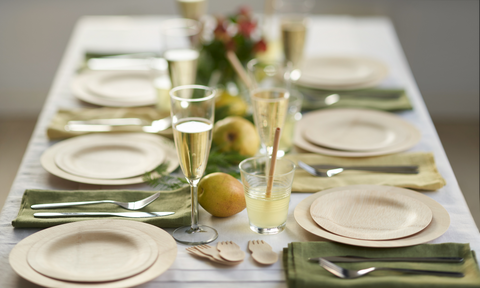
Looking for affordable compostable plates? Consider ordering them in bulk.
Read our thousands of 5-star reviews and why people prefer compostable bamboo plates from Bambu.
While compostable plates still require more resources than choosing a reusable option, they offer a far cleaner alternative to standard disposable plates. Disposable plates might be used for a few minutes, but their impact on the environment does not fade away. For this reason, the easy sustainability of compostable and biodegradable plates wins in our eyes.



